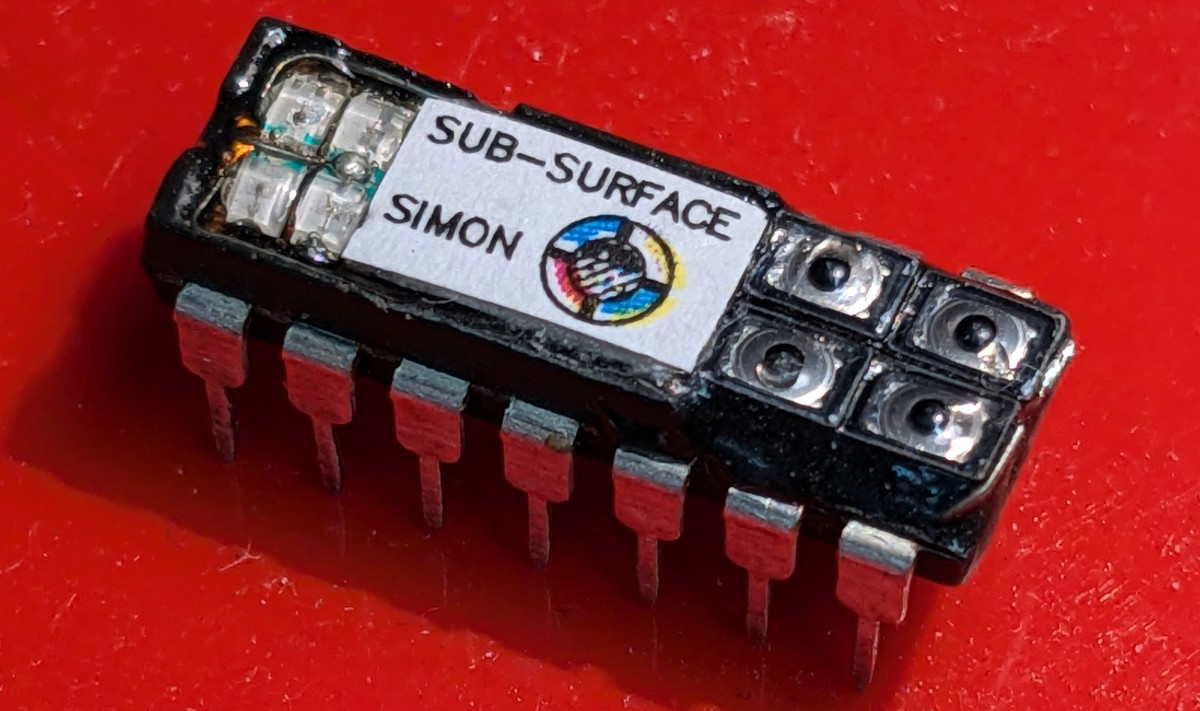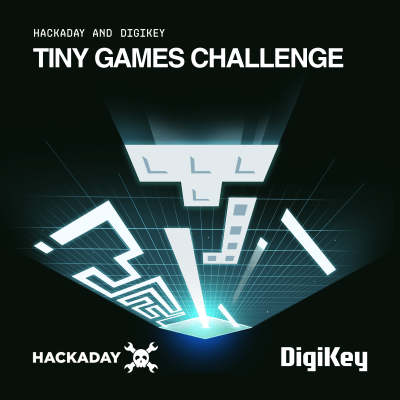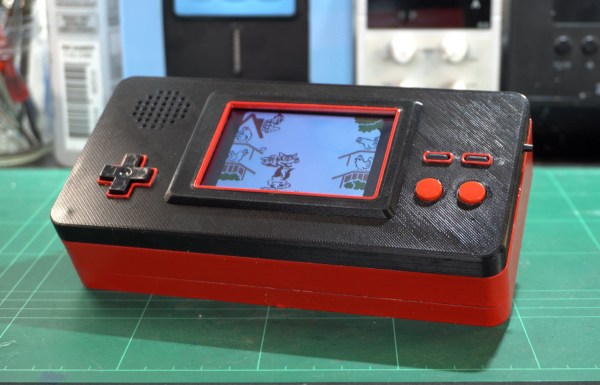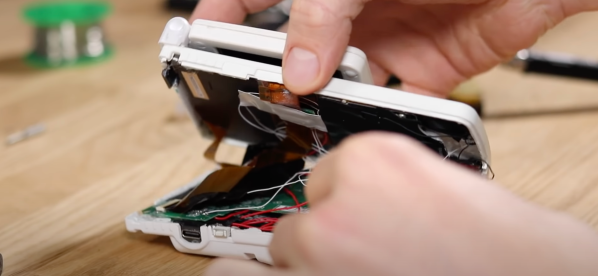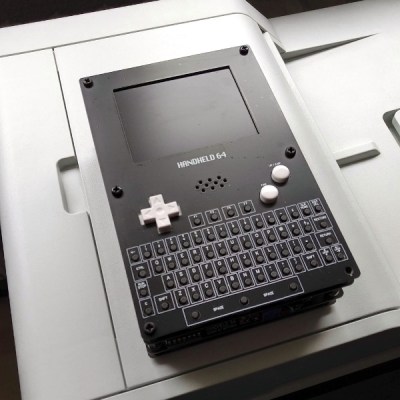Over the years, we’ve figured out some pretty sure-fire ways to get hackers and makers motivated for contests. One of the best ways is to put arbitrary limits on different aspects of the project, such as how large it can be or how much power it can consume. Don’t believe us? Then just take a look at the entries of this year’s Tiny Games Contest.
Nearly 80 projects made it across the finish line this time, and our panel of judges have spent the last week or so going over each one to try and narrow it down to a handful of winners. We’ll start things off with the top three projects, each of which will be awarded a $150 gift certificate from our friends at DigiKey.
First: Sub-Surface Simon
While this contest saw a lot of excellent entries, we don’t think anyone is going to be surprised to see this one take the top spot. Earning an exceptionally rare perfect ten score from each of our judges, Sub-Surface Simon from [alnwlsn] grabbed onto the theme of this contest and ran like hell with it. Continue reading “Meet The Winners Of The 2024 Tiny Games Contest”


